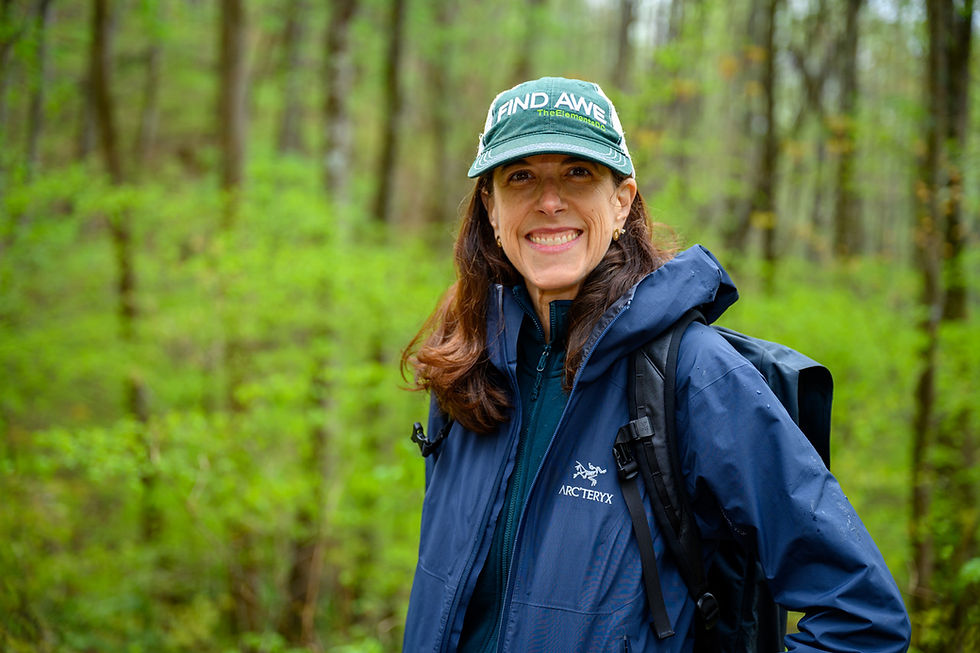Escape!
- hikingresearch
- Mar 26, 2011
- 3 min read

Acadia National Park, Maine (USA) Photo by Mark Ellison
Have you found yourself seeking to escape the stress, noise and pollution of your everyday environment, if only for a few minutes? Places that are available to escape to are becoming harder to find as the world’s population continues to increase; combined with the fact that more than 50% of the world’s population now lives in an urban environment.
Kaplan & Kaplan (1989) described escape as “an absence of some aspect of life that is ordinarily present, and presumably not always preferred” (p. 183). They describe three types of escape: 1) Escaping distraction; 2) escaping work; 3) escaping mental effort.
Escaping distraction can be seeking relief from information overload. Modern urban living often provides constant demands on attention from cell phones, email, traffic, everyone needing something, now! These constant demands on attention, fatigue directed attention capacities. One of the best ways to heal the ability to focus attention is to spend time in nature, which has few demands to focus on.
Escaping work can involve getting away to a place that is removed from all reminders of the job. Spending time hiking in a wilderness environment, far from the pressures of the job, may offer time to gain a fresh perspective on issues in the workplace. Often this provides opportunities to reflect on past work and life experiences.
Another type of escape that Kaplan et al. describe is from mental effort. The opportunity to rest the mind and truly relax is a primary intention many of us have when planning vacations.
Kaplan et al. point out that what one escapes to may be more important than what one is escaping from. With increased urbanization, another form of escape may be evolving: escape from pollution. Pollution can be in the form noise, smog, or more direct environmental pollution to the land. With more than 79% of the U.S. population now living in urban environments, exposure to these types of pollution are proliferating. Combined with this, many people have now become disconnected to nature because they are relying more on technology and live in urban settings that have few places to enjoy nature. As a result, fewer people now understand the healing benefits that time in nature offers. Escaping to the living room to watch TV non-stop, or playing video games, does not offer the same restorative benefit.
Venturing out to spend time in nature may take more effort than lounging at home in front of the TV, or exercising using the Wi, but the psychological restoration, and fitness benefits offered by nature are worth the investment.
The symptoms of a society that is experiencing information overload and failing to take time for restoration are everywhere: the number of auto accidents that are a result of people texting, or talking on a cell phone; obesity that is a result, in part, of having too many demands on time, and too few opportunities to exercise; and the inability to concentrate because there are so many things to focus on.
There is a prescription for this that has no known side effects: spending time in nature. The use of nature for human resource development in organizations offers a new and creative approach to helping employees cope with the stress of work.
Kaplan, R., & Kaplan, S. (1989). The experience of nature: A psychological perspective. New York: Cambridge University Press.








Comments